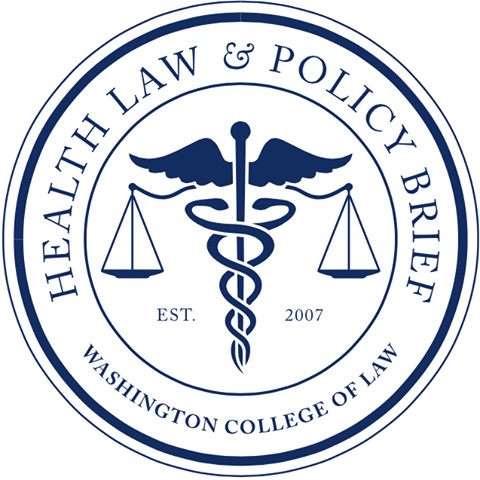Between one to three million cases of domestic violence are reported nationally every year; however, there are an estimated ten million victims when including unreported cases. Historically, domestic violence was considered a familial matter that should be dealt with in the home, not in the courtroom. Slowly but steadily, the Battered Women’s Movement created the beginning of domestic and family violence concerns in the legal sphere. The movement, with a slogan of “we will not be beaten,” sought to raise public awareness of domestic violence and advocate for better policy. The movement focused on battered women’s syndrome as a way to psychologically describe the effect of long-term trauma in abusive relationships, and was used as an expanded self-defense argument in court. Continuing into the 1960’s, the first cases of domestic violence were transferred from criminal courts into family courts in New York. With the prominence of domestic violence as a national concern, the advocates began to debate the best approach to minimize the violence.
The Victim of Crime Act (VOCA), passed by Congress in 1984 and amended in 1988, was established to provide funding to states for victim assistance and compensation programs for victims of violent crimes. However, it was not until 1994 that the first federal law was created directed towards domestic violence. The Violence Against Women’s Act (VAWA), which recognized domestic violence and sexual assault as a national crime, highlighted that the creation of federal law can help relieve state and local criminal justice systems that are overburdened with family violence matters through much needed funding and large scale resources.
In further effort to decrease violence, on March 20, 2023, the Department of Health and Human Services (DHHS) announced a new office under the Administration for Children and Families (ACF): the Office of Family Violence Prevention and Services (OFVPS). The office was created with the goal of prioritizing domestic violence prevention and educating the intersections of preventative work throughout the federal government. OFVPS has 3 main goals: to develop an AFC-wide action plan regarding domestic violence within social service programs, coordinate and collaborate efforts with agency partners, and prioritize continued implementation of appropriations.
Most notably under this department, Representative Lucy McBath reintroduced the Family Violence Prevention and Services Improvement Act (FVPSA), which will reauthorize and expand funding for survivor support programs and preventative family violence programs.
FVPSA was originally introduced in 1984 and was again reauthorized on April 13, 2023. The FVPSA is now the primary stream of funding for emergency shelters and victim assistance programs for domestic violence survivors and their children. Compared to VOCA and VAWA, it is the only federal source that is specifically dedicated to funding domestic violence services. The domestic violence programs provide survivors with vital resources such as shelters, safety planning, crisis counseling, legal advocacy routes, and other support services to leave their abusive partners.
Funding under VAWA, VOCA, and FVPSA has shown to improve nationwide responses to domestic violence and other forms of sexual violence at both the federal, state, and local level.
FVPSA alone currently provides to over 1.3 million victims and their families every year. Through this Act, funding for domestic violence has been federally increased to roughly two hundred and fifty million dollars. Culturally specific programs will be expanded for larger access, and in combination with the VAWA Reauthorization Act of 2022, Indian Tribes have a stronger capacity to exercise their sovereignty over cases of domestic violence within tribal land. However, despite these resources, domestic violence remains rampant.
Domestic violence is a silent epidemic in America, and since the COVID-19 pandemic, demand for domestic violence services has only increased. Unfortunately, domestic and sexual violence services face continual budget deficiencies with the continual increasing demand. Federal funding should be increased and allocated towards preventative measures to decrease victimization, in addition to the continual focus on remedial support for victims and their families. As of May 25, 2023, the Biden Administration has released a national strategy plan to end gender-based violence. This plan includes elevating the office FVPS, establishing new FVPSA grants, and allocating increased funds to Department of Justice VAWA programs. If continued into the next administration, federal funding shows a positive step towards combatting domestic violence.
